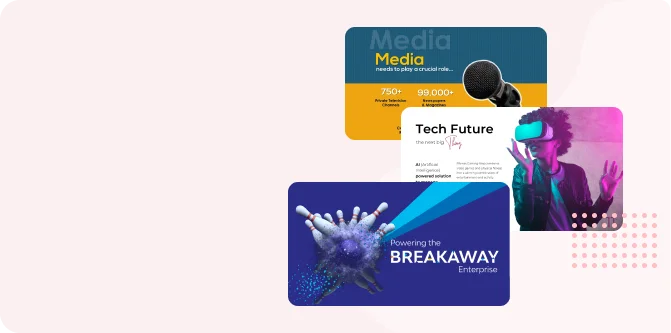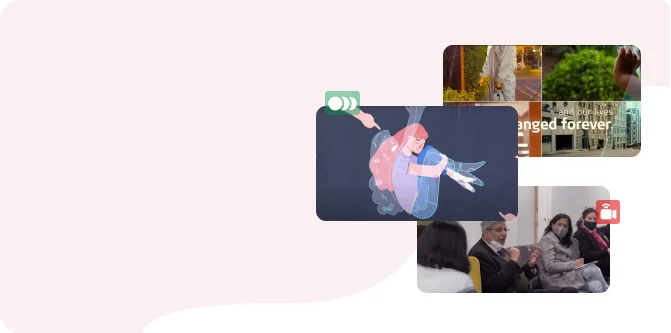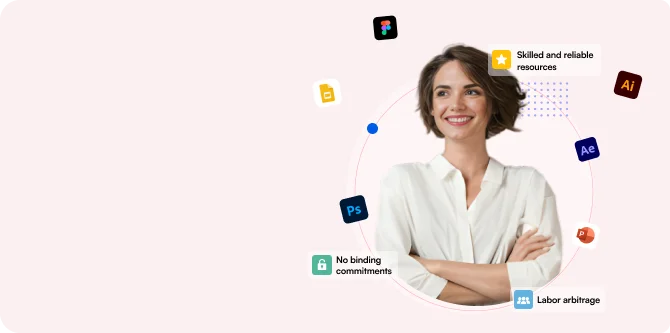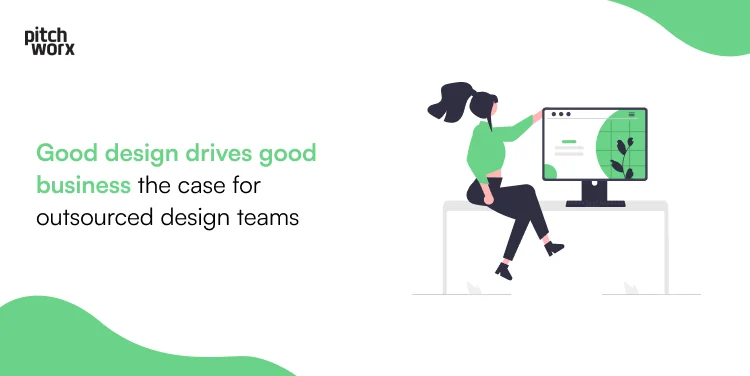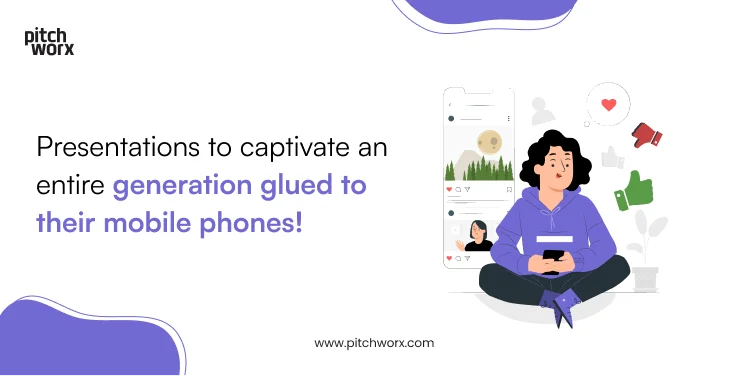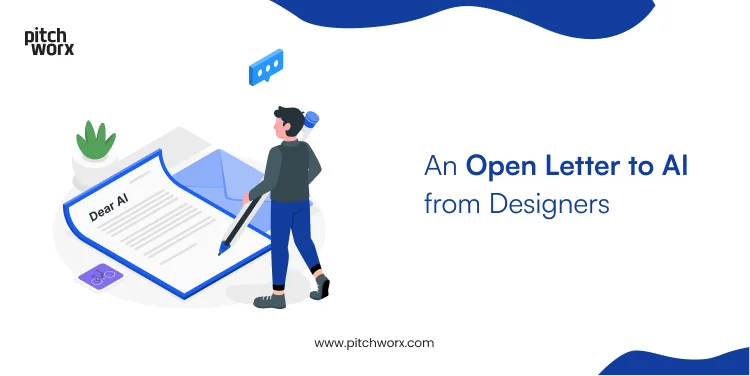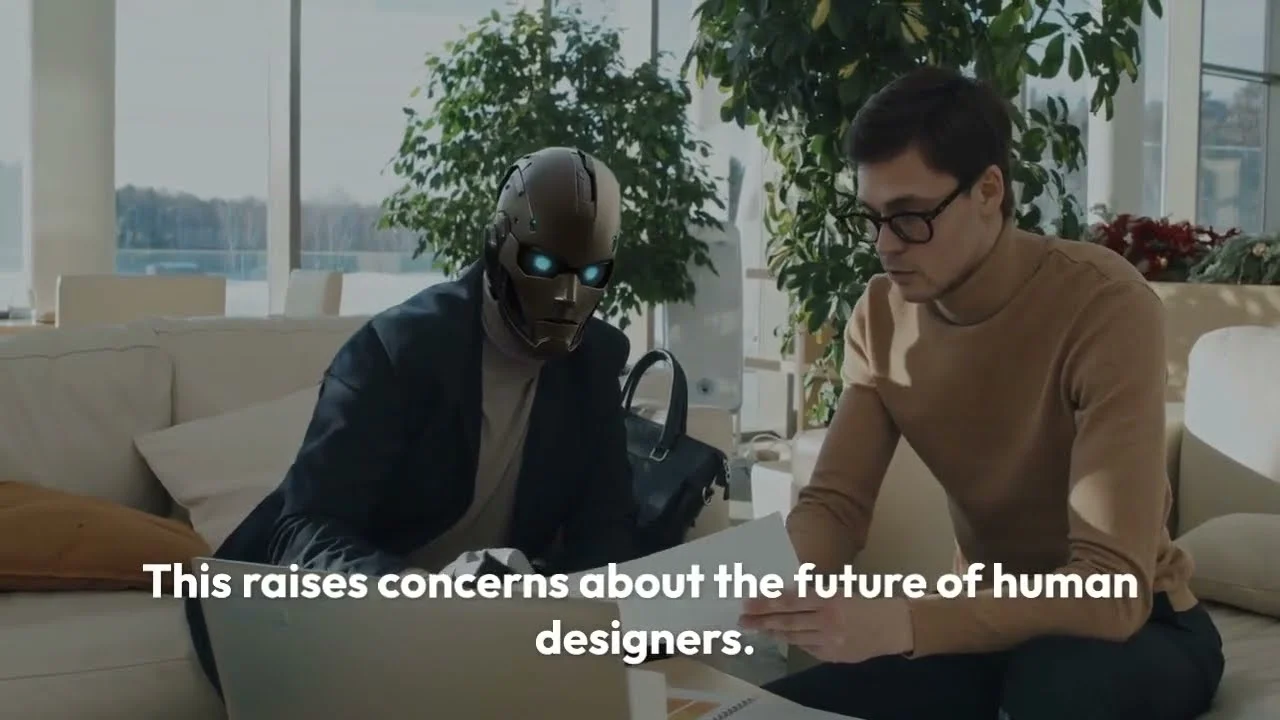
As a presentation design agency who have designed and delivered compelling presentation decks for clients over the last decade, few technologies have given us more angst and simultaneously sparked more intrigue than the sudden emergence of AI presentation tools.
Virtually overnight it seems, powerful new web apps focused on presentation design have burst onto the digital stage armed with advanced machine learning. They promise anyone the ability to type in some simple text inputs and pick one of the dozens of templates encompassing the latest styles and design trends, and boom—out pops a visually appealing deck tailored to your content! All in mere minutes without having to hire any human graphic designers.
Part of us cannot help but view this development as an unsettling sign that perhaps our unique talents will face extinction at the hands of automation, much like factory and agriculture workers displaced by relentless industrialization. Surely a robot capable of synthesizing images, text and graphic design principles must portend the inevitable end of all our careers, right?
Some organizations have already begun using these AI tools extensively to accelerate internal slide creation, reducing overreliance on their design teams to develop basic decks. This begs the question: do automated presentation offerings represent an existential threat to human graphic design professionals focused on presentations? Or do they offer opportunities for designers like us to elevate our creative output and provide more strategic value?
Now, the more we have used these AI tools ourselves and analyzed their outputs compared to our custom creations, the more we recognize their promise. We see it less as an existential threat and more as a valuable assistant that can free up our time for higher-level design strategy and creativity.
The lure of AI presentation tools lies first and foremost in their unmatched speed, efficiency, and affordability compared to hiring an agency or an in-house designer. Whereas a custom deck often takes days or weeks of content ideation, copywriting, graphic design, revisions and reviews before finalizing, an AI tool can compress this entire cycle down to minutes.
Yes, it’s true AI tools handily beat us when it comes to churning out clean templates, stylish fonts and basic wireframes at lightning speed—a task that used to monopolize all our early design phases for days. But upon closer inspection, AI slide decks tend to lack strategic narrative flow, customized diagrams, and stylistic choices that emotionally resonate with target demographics.
This is because AI tools focus chiefly on quickly incorporating user content into visually sound slides. What they do not provide is strategic guidance around narrative flow, emphasis to amplify key messages, customized diagrams to clarify complex processes, or even basic slide ordering for logical progression. And we know that human insight remains crucial for impactful story arcs grounded in data that ultimately compel and persuade audiences. Besides this, while AI tools provide various selections and customization around images, icons, fonts, palettes and templates, they inherently limit options to preset galleries causing inflexibility and lack of originality, which prevents you from crafting bespoke presentations.
In other words, humans like us still reign supreme when it comes to fully customized storytelling grounded in data that compels audiences by blending science, business strategy and creative art into an impactful deck.
Rather than displace the entire presentation industry, we’ve come to see AI design tools as one that amplifies our unique human talents. By offloading the more monotonous, time-intensive graphic design tasks like basic wireframes and templates to algorithms, AI liberates designers to redirect their energies toward the high-value offerings only humans can provide. We can now focus better on illustrating complex ideas, developing data visualizations that pop, or constructing engaging story narratives tailored to each client.
In the end, while automation continues marching on, we are confident that a blend of creative and strategic skills will always be in demand from clients who want to connect with their audiences on a deeper emotional level beyond what any computer template could deliver. We now see a future for elevated human-AI collaboration versus outright elimination of a design agency’s unique value.
So, bring on the robots! With the right perspective as a seasoned designer open to using AI as an extension of our skills rather than a replacement, we know our presentation designing path continues looking bright for years to come thanks to irresistible creative talents no algorithm can replicate or replace. The machines can handle monotonous tasks while we direct our energy to where humans still shine, inspired designs that captivate audiences and drive strategic results.

